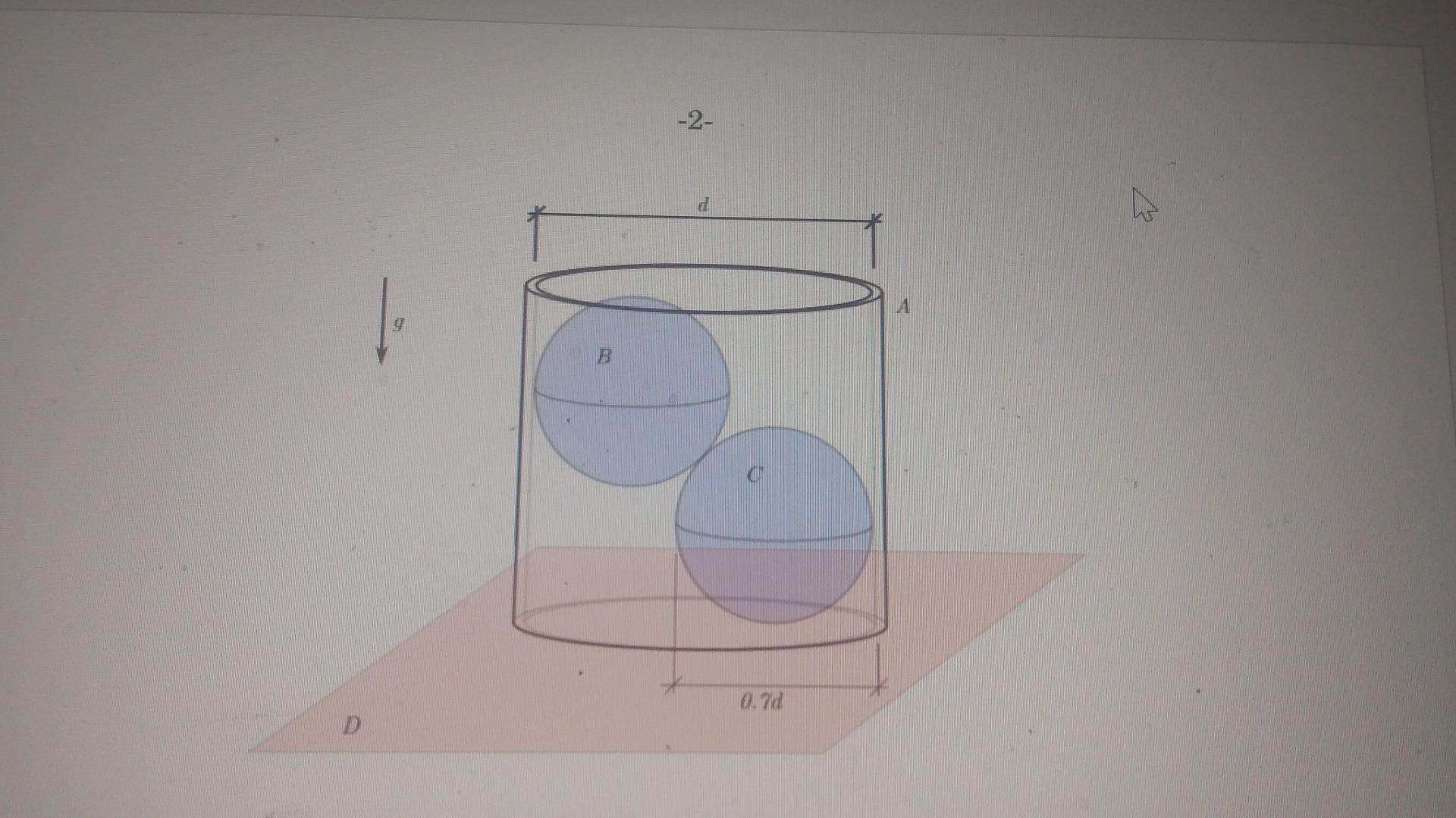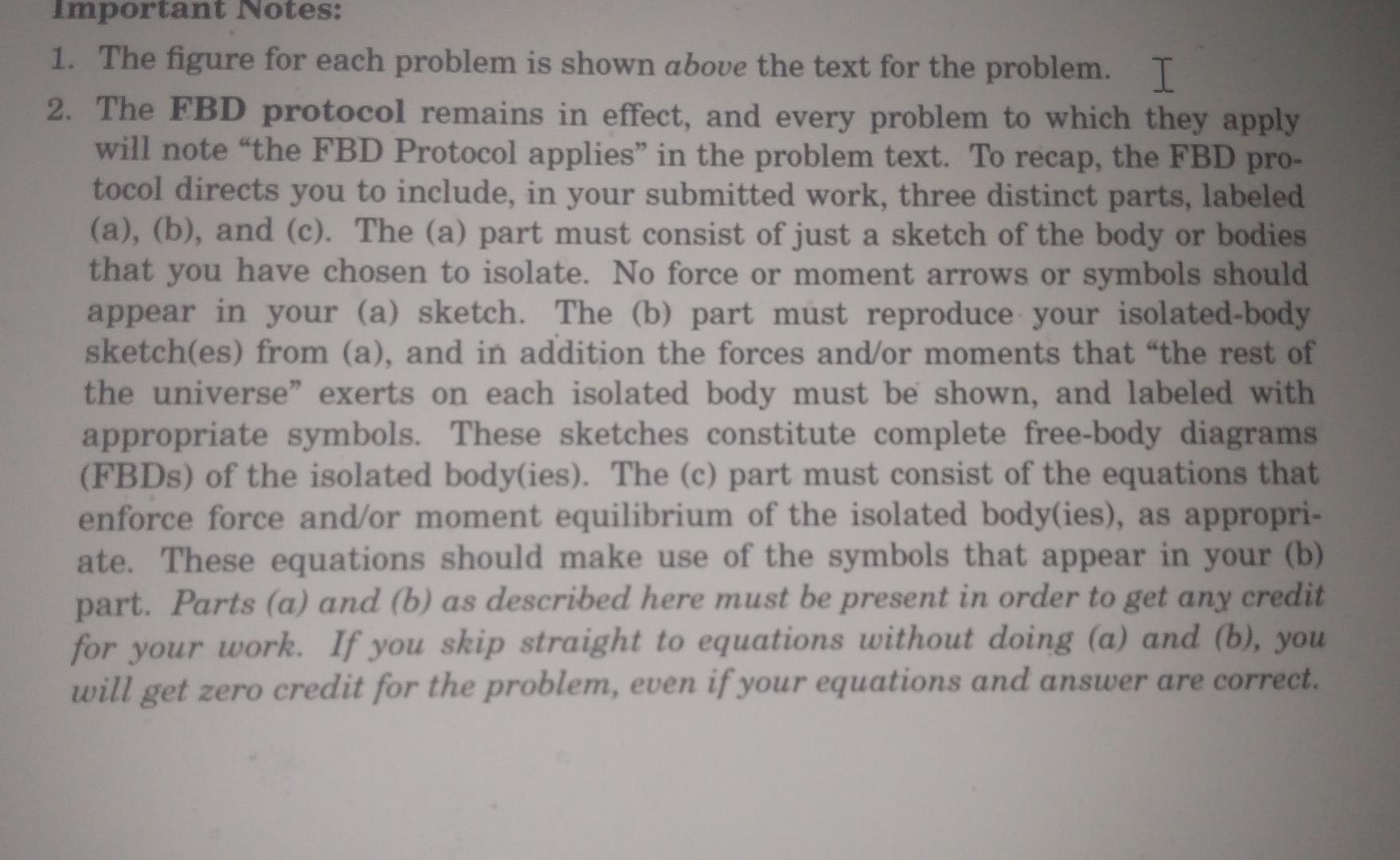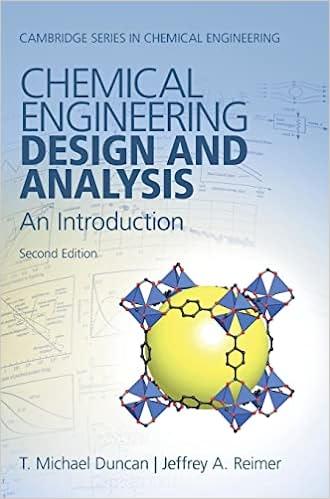Answered step by step
Verified Expert Solution
Question
1 Approved Answer
-2- P A B 0.70 D 0.70 Prob. 1 (10 points) The FBD Protocol applies to this problem. A thin-wahed cylin- der, diameter d and



-2- P A B 0.70 D 0.70 Prob. 1 (10 points) The FBD Protocol applies to this problem. A thin-wahed cylin- der, diameter d and weight a W, rests on a rigid horizontal plane D. Two uniform spheres B and C, each of weight W and diameter 0.7d, are placed inside the cylin- der. The cylinder is open at both the top and the bottom, so that sphere B rests on the plane D. All points of contact are frictionless. Please calculate the minimum value of a so that the assembly does not tip over. I.e. find the minimum weight of the cylinder so that the weight of the spheres does not push the cylinder over. (Some guidance: This problem would be a bit too much for an exam problem. By now, you probably have the insight to see that you want to isolate all three bodies. The key here is to represent the reaction from the plane on the cylinder as a single upward resultant force. Now, this force cannot fall outside the "footprint" of the cylinder, if the cylinder is to be in equilibrium in the configuration shown (i.e. if the cylinder is to remain standing). That is the condition that determines a. You will have a little geometry to work out; this is easily done by considering a plane that contains the axis of the cylinder and the centers of the two spheres.) Important Notes: 1. The figure for each problem is shown above the text for the problem. I 2. The FBD protocol remains in effect, and every problem to which they apply will note "the FBD Protocol applies" in the problem text. To recap, the FBD pro- tocol directs you to include, in your submitted work, three distinct parts, labeled (a), (b), and (c). The (a) part must consist of just a sketch of the body or bodies that you have chosen to isolate. No force or moment arrows or symbols should appear in your (a) sketch. The (b) part must reproduce your isolated-body sketch(es) from (a), and in addition the forces and/or moments that "the rest of the universe" exerts on each isolated body must be shown, and labeled with appropriate symbols. These sketches constitute complete free-body diagrams (FBDs) of the isolated body(ies). The (c) part must consist of the equations that enforce force and/or moment equilibrium of the isolated body(ies), as appropri- ate. These equations should make use of the symbols that appear in your (b) part. Parts (a) and (b) as described here must be present in order to get any credit for your work. If you skip straight to equations without doing (a) and (b), you will get zero credit for the problem, even if your equations and answer are correct
Step by Step Solution
There are 3 Steps involved in it
Step: 1

Get Instant Access to Expert-Tailored Solutions
See step-by-step solutions with expert insights and AI powered tools for academic success
Step: 2

Step: 3

Ace Your Homework with AI
Get the answers you need in no time with our AI-driven, step-by-step assistance
Get Started


